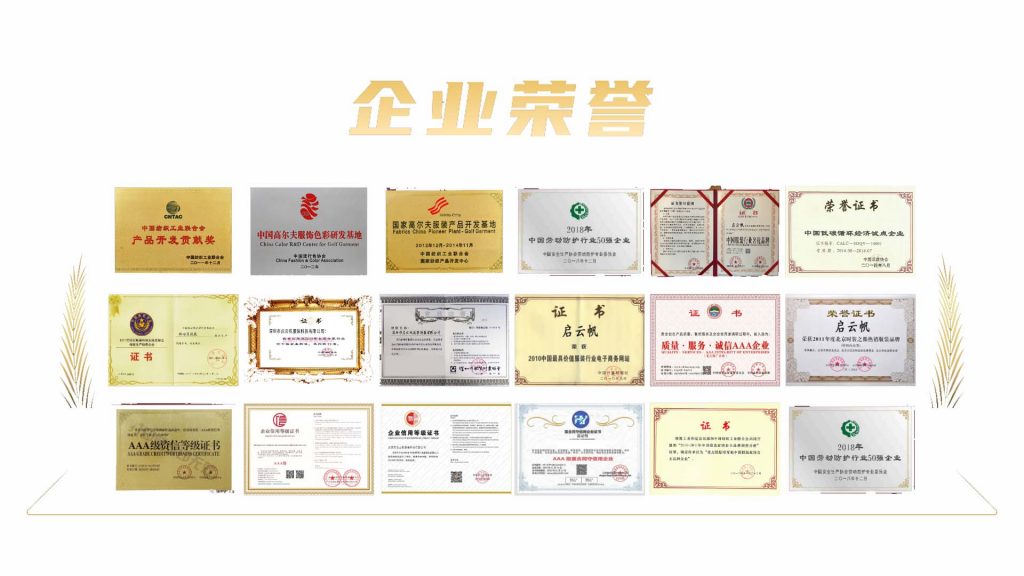
Title: The Importance of Protective Clothing in the Workplace
Introduction:
When it comes to workplace safety, protective clothing plays a crucial role in safeguarding workers from potential hazards and ensuring their well-being. From industrial settings to construction sites, protective clothing, also known as Personal Protective Equipment (PPE), is an essential component of a comprehensive safety program. In this article, we will explore the significance of protective clothing in the workplace, highlighting its various types and benefits in promoting worker safety.
Paragraph 1: Ensuring Protection from Physical Hazards
Protective clothing serves as a barrier between workers and physical hazards present in their work environments. Whether it's high-visibility vests, hard hats, safety shoes, or gloves, each piece of protective clothing is designed to mitigate specific risks. These garments protect against falling objects, machinery-related injuries, electrical shocks, chemical spills, extreme temperatures, and other potential dangers. By providing a physical barrier, protective clothing shields workers from harm and reduces the risk of accidents.
Paragraph 2: Promoting Safety in Hazardous Environments
Certain occupations require individuals to work in hazardous or potentially dangerous environments. In industries such as construction, manufacturing, mining, or healthcare, workers are exposed to unique risks that necessitate specialized protective clothing. Flame-resistant suits, chemical-resistant coveralls, respirators, and goggles are just a few examples of the wide range of protective clothing available. This specialized attire ensures that workers are adequately protected, minimizing the likelihood of injury or illness caused by these specific hazards.
Paragraph 3: Preventing Injuries and Illnesses
Protective clothing serves as a preventative measure against injuries and illnesses that can result from workplace accidents or exposure to harmful substances. For example, safety glasses protect eyes from flying debris or chemicals, gloves prevent cuts or burns, and respiratory masks filter out harmful particles or gases. By wearing appropriate protective clothing, workers can significantly reduce the risk of work-related injuries, diseases, and long-term health complications.
Paragraph 4: Enhancing Visibility and Awareness
In occupations that involve working in low-light conditions or high-traffic areas, high-visibility clothing is essential. Brightly colored vests, jackets, or shirts with reflective strips improve visibility, ensuring that workers can be easily seen by others. This visibility is particularly crucial in construction sites, roadwork projects, and logistics operations, where the risk of accidents is higher. By enhancing visibility, protective clothing increases worker awareness and helps prevent collisions or accidents caused by poor visibility.
Paragraph 5: Fostering a Safety Culture
Investing in protective clothing demonstrates an employer's commitment to the safety and well-being of their workers. When employers provide high-quality protective clothing, they create a positive safety culture that prioritizes the protection of employees. This fosters trust, encourages responsible behavior, and instills confidence in workers, leading to increased job satisfaction and overall productivity. Protective clothing becomes a symbol of the organization's dedication to workplace safety.
Paragraph 6: Compliance with Regulations and Standards
In many countries, there are legal requirements and industry standards regarding the use of protective clothing in specific work environments. Employers have a responsibility to ensure that their workers are properly equipped with the appropriate PPE. Failure to comply can result in penalties and legal consequences for both employers and employees. By adhering to regulations and standards, organizations demonstrate their commitment to compliance and create a safer work environment for everyone involved.
Conclusion:
Protective clothing is an integral part of workplace safety, offering crucial protection against physical hazards, preventing injuries and illnesses, enhancing visibility, and fostering a safety-conscious culture. By providing workers with the appropriate PPE and ensuring compliance with regulations, employers prioritize the well-being of their workforce and create a safer work environment. The investment in protective clothing is not only a legal obligation but also a moral imperative, as it plays a vital role in preventing accidents and promoting worker safety.
今天关于服装劳保就聊到这里哦,有更多服装劳保相关咨询请联系启云帆服装哦!
